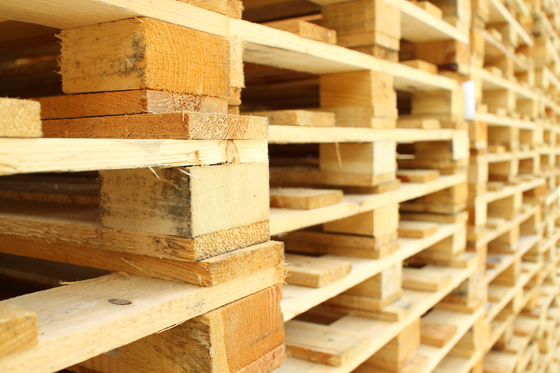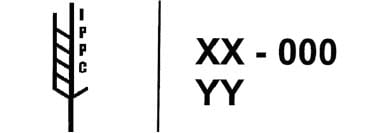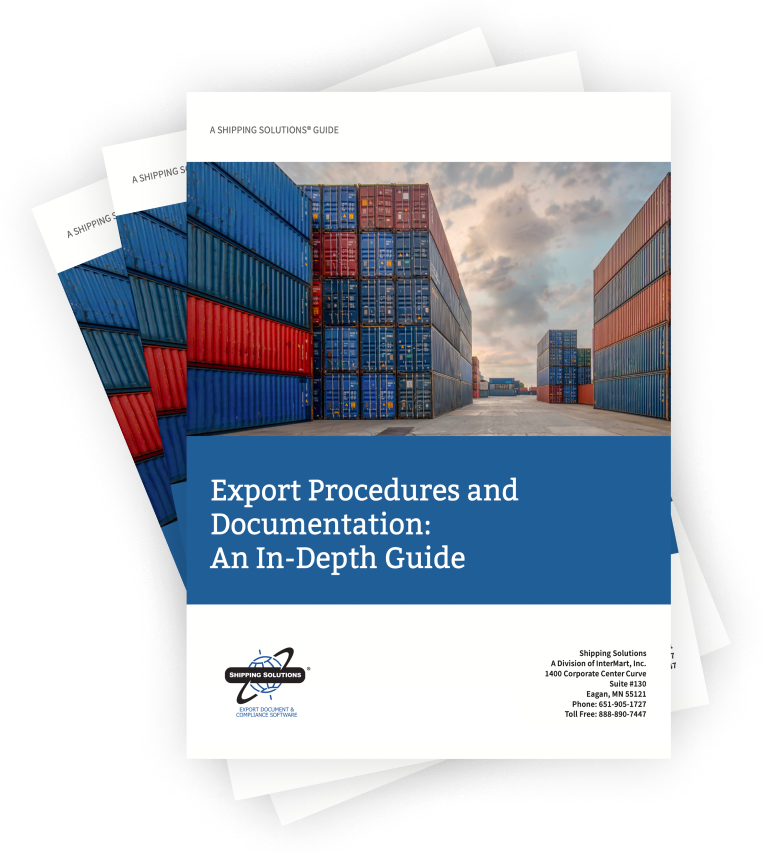The International Trade Blog Import Procedures
Wood Packaging Certificates for Export and Import
On: March 4, 2019 | By:  Catherine J. Petersen |
4 min. read
Catherine J. Petersen |
4 min. read
 “Keeping out the bugs” has become the worldwide mantra for exporters and importers. The bug that gained everyone’s attention in the United States was the Asian Long Horn Beetle, while other countries are concerned with the Pine Worm Nematode plus many other.
“Keeping out the bugs” has become the worldwide mantra for exporters and importers. The bug that gained everyone’s attention in the United States was the Asian Long Horn Beetle, while other countries are concerned with the Pine Worm Nematode plus many other.
There are more than 80 countries that have adopted the International Standards for Phytosanitary Measures No. 15 (ISPM 15) regulation for wood packaging since its inception in 2001, according to the Food and Agriculture Organization of the United Nations. The regulation applies to wood packaging materials (WPM) made from softwood or hardwood.
To prove that wood is free from infestation, the ISPM treatment certification stamp must appear on the wood package. It has several different forms, but all contain the same information: the IPPC Wheat Stamp, country of origin (xx), facility code (000), and type of treatment (YY). In the United States, the third party inspection agency is also included. (See a sample below.)

The U.S. Department of Agriculture (USDA) regulates wood packaging material in the United States under Part 319 (Foreign Quarantine Notices) of the Code of Federal Regulations.
U.S. Exports of Wood Packaging
The list of countries requiring written statements and/or proof on the exterior of wood packaging fluctuates. You’ll find a country-by-country listing of requirements at the USDA website. There are currently more than 45 countries' WPM requirements listed on the site.
These countries subscribe to the International Plant Protection Convention (IPPC), an international treaty to secure action to prevent the spread and introduction of pests of plants and plant products and to promote appropriate measures for their control. The ISPM15 is the standard on which many countries’ WPM regulations are based.
This regulation requires WPM used in international trade be treated in one of two approved methods:
- Heat treatment: Heat treated to achieve a minimum wood core temperature of 56 degrees Celsius for a minimum of 30 minutes. When lumber or used, previously assembled, repaired or remanufactured wood packaging material is heat treated using dielectric heating, the treatment code mark should be DH. Visit the American Standard Lumber Committee’s website for more details.
- Fumigation treatment: Treatment with a chemical agent that reaches the commodity wholly or primarily in a gaseous state. ISPM15 requires treatment with methyl bromide. Visit the National Wood Pallet & Container Association’s website for more details.
Susan Korleski and Bob Cox, formerly of Westwind International, now AIT Worldwide Logistics, a Chicago-based freight forwarder and customs broker, advise:
[C]onsider the potential consequences of exporting non-treated solid wood packaged commodities into ISPM15 countries. If, for example, the foreign importing country chooses to stop the import process, they may refuse the import, require the freight be returned to origin, quarantine, or the packing and contents (e.g., packed crate) may be treated (fumigated or heat treated) before the import process, which can put the product at risk. In any case, final clearance and delivery will be delayed, and the goods could be damaged through the treatment process.
Ultimately, the customer suffers and the relationship between buyer and seller could be affected. Remember, alternatives to solid wood packaging include particleboard, plywood, oriented strand board, plastic skids, or even cardboard skids (made with specific weight limits).
U.S. Imports of Wood Packaging
All WPM entering or transiting through the U.S. are required to be either heat treated or fumigated with methyl bromide as described above. All WPM must be marked with the approved international logo shown above to certify that it has been treated by one of the approved measures. Shipments containing non-compliant wood packaging material will not be allowed to enter the United States.
If you are a U.S. importer, the U.S. Customs and Border Protection (CBP) states that all WPM consisting of crates and pallets that don't meet WPM requirements will be rejected through re-exportation from the United States.
All shipments containing pallets or crates in violation may be allowed entry only if the CBP Port Director determines that it is possible to separate the merchandise from the non-compliant WPM. All costs associated with the re-exportation of non-compliant WPM will be the responsibility of the importer or party of interest's importer. In cases where the identity of the importer is unknown or not available, the importing carrier may be held liable for expenses related to the costs of exportation of the non-compliant WPM and associated cargo.
Other Resources
- ISPM 15 Guidelines for Regulating Wood Packing Material in International Trade
- USDA Animal and Plant Health Inspection Service (APHIS)
- USDA Foreign Agricultural Service (FAS) Forest and Fishery Products Trade Policy Information Portal
Like what you read? Subscribe today to the International Trade Blog to get the latest news and tips for exporters and importers delivered to your inbox.
This article was first published in February 2006 and has been updated to include current information, links and formatting.

About the Author: Catherine J. Petersen
In 1992, Catherine Petersen founded C J Petersen & Associates, LLC, a research, instruction and consulting firm located in St. Paul, Minnesota, USA. She has designed documentation and procedure manuals for exporters and has authored/co-authored five books.
Ms. Petersen has had day-to-day practical experience at a freight forwarder, a trading company, and an ocean carrier; she has been active in international business since 1980. Her background led her to develop C J Petersen & Associates, LLC, which is a collaborative consultancy that works with clients to identify compliance gaps and to resolve them. Ms. Petersen retired in 2022.


